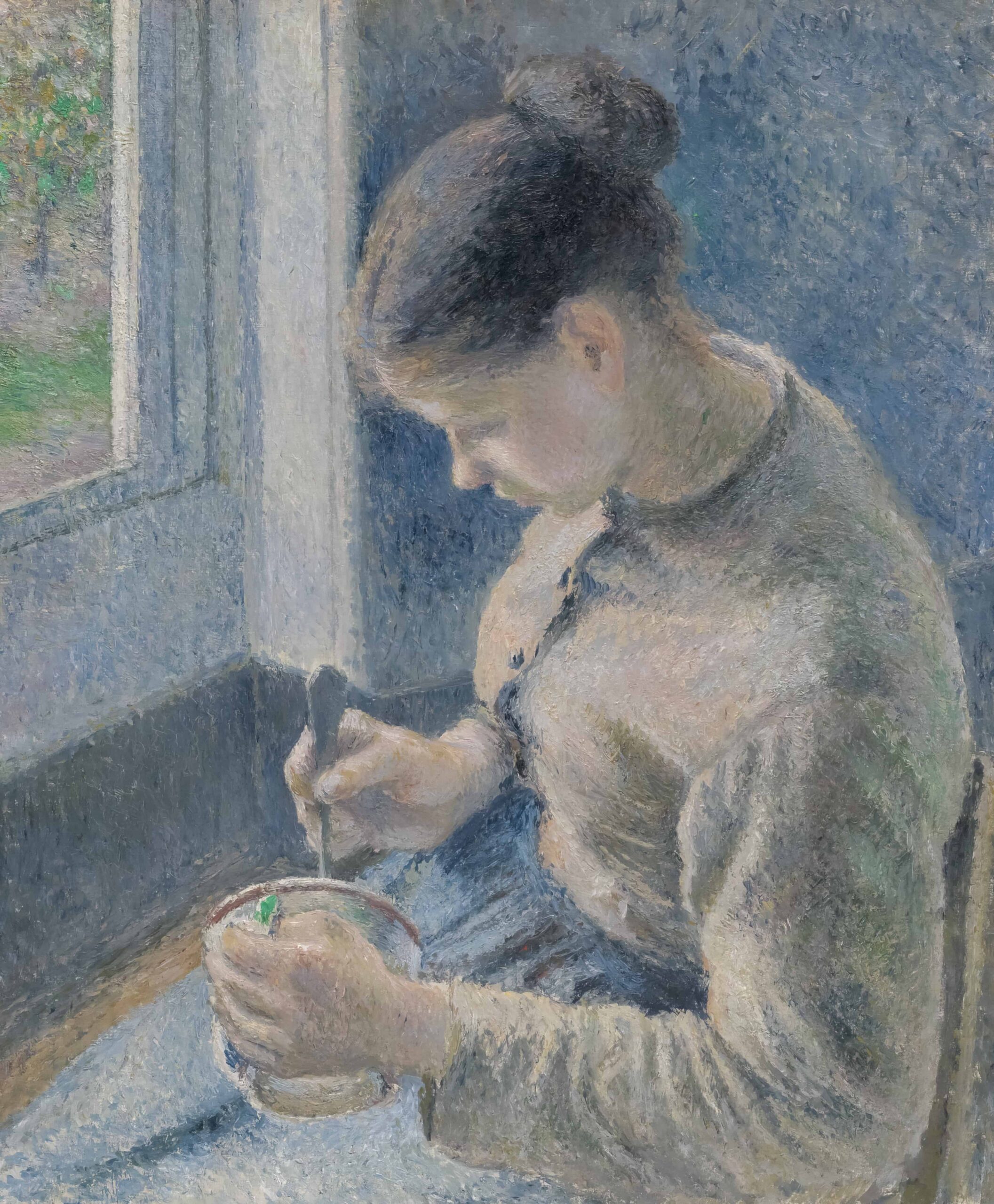Borderline OCD: Understanding the Overlap Between Borderline Personality Disorder and OCD

Have you ever heard of Borderline OCD? It refers to a complex situation where symptoms of Borderline Personality Disorder (BPD) and Obsessive-Compulsive Disorder (OCD) overlap, creating unique challenges for individuals who experience both.
While each condition has distinct characteristics, when they occur together, they can create a heightened sense of anxiety, instability, and intense emotional turmoil.
In this article, we’ll explore the relationship between Borderline Personality Disorder and OCD, the symptoms of Borderline OCD, and treatment strategies for managing these two conditions. Let’s dive in!
What is Borderline Personality Disorder (BPD)?
Defining BPD and Its Core Symptoms
Borderline Personality Disorder (BPD) is a mental health condition characterized by persistent patterns of instability in moods, relationships, self-image, and behavior. The hallmark symptoms of BPD include:
- Intense emotional swings and feelings of emptiness.
- Impulsive behaviors, such as reckless spending or risky sexual behaviors.
- Difficulty maintaining stable relationships, often leading to a pattern of idealizing and then devaluing others.
The Emotional Instability of BPD
The emotional dysregulation in BPD causes intense mood swings, often triggered by minor events. This can result in feelings of abandonment, frustration, and anger that can escalate quickly, contributing to instability in daily life.
What is Obsessive-Compulsive Disorder (OCD)?
Understanding OCD and Its Symptoms
Obsessive-Compulsive Disorder (OCD) is a chronic condition characterized by intrusive, unwanted thoughts (obsessions) and repetitive behaviors or mental acts (compulsions) performed to alleviate anxiety caused by those obsessions. Common symptoms of OCD include:
- Obsessive thoughts, such as fears of contamination, harming others, or making mistakes.
- Compulsive behaviors like washing, checking, or counting to reduce anxiety or prevent harm.
The Cycle of OCD
OCD operates in a cycle, where the person experiences an obsession, followed by compulsion, which temporarily reduces anxiety, but the obsession returns, creating a continuous loop.
The Overlap Between BPD and OCD: Borderline OCD
Both BPD and OCD involve significant emotional dysregulation. In BPD, emotional swings are often rapid and intense, while in OCD, emotions are usually triggered by obsessive thoughts. When both conditions are present, individuals may experience even greater emotional turmoil, with the urge to engage in compulsive behaviors to manage the overwhelming feelings associated with BPD.
Compulsive Behaviors in Borderline OCD
In Borderline OCD, compulsions are not just tied to the intrusive thoughts typical of OCD, but may also be linked to the emotional instability seen in BPD. For example, someone with Borderline OCD might compulsively seek reassurance or engage in self-harming behaviors as a way to cope with fears of abandonment or rejection, which are central to BPD.
Distorted Self-Image and OCD Symptoms
Both BPD and OCD involve distorted perceptions of self-worth, which can exacerbate each other. An individual with Borderline OCD may fixate on flaws or perceived mistakes, leading to obsessive thoughts and compulsive behaviors aimed at “correcting” those imperfections.
Symptoms of Borderline OCD
Emotional Instability and Intrusive Thoughts
Individuals with Borderline OCD often experience rapid emotional shifts, such as feeling rejected or abandoned, which may trigger obsessive thoughts about being unworthy or unloved. These obsessions lead to compulsive behaviors aimed at alleviating the anxiety, like checking behaviors, excessive reassurance-seeking, or perfectionism.
Fear of Abandonment and Repetitive Actions
A key symptom of BPD is the fear of abandonment, which can merge with OCD behaviors. For instance, a person may repetitively check messages or social media, convinced that a partner or friend is going to leave, or they may perform rituals to “prevent” this from happening.
Self-Harm and OCD Compulsions
People with Borderline OCD may engage in self-harming behaviors as a way to cope with emotional pain. These acts are often impulsive and can be driven by the desire to “feel something” or to “get rid of bad thoughts,” which overlaps with compulsive behaviors in OCD.
Diagnosing Borderline OCD
Challenges in Diagnosis
Diagnosing Borderline OCD can be challenging, as the symptoms of BPD and OCD often overlap. For example, the compulsive behaviors associated with OCD may be misunderstood as a result of emotional instability seen in BPD. A comprehensive evaluation by a mental health professional is crucial in distinguishing between the two conditions and identifying when they co-occur.
Diagnostic Criteria for BPD and OCD
To diagnose BPD, mental health professionals typically look for patterns of instability in relationships, self-image, and emotional regulation. OCD is diagnosed based on the presence of obsessions and compulsions that cause significant distress or impairment. When both conditions are present, treatment plans must address both.
Treatment Options for Borderline OCD
Cognitive Behavioral Therapy (CBT)
Cognitive Behavioral Therapy (CBT) is a highly effective treatment for both BPD and OCD. For Borderline OCD, therapists may combine elements of CBT with techniques from Dialectical Behavioral Therapy (DBT), which is specifically designed for emotional regulation in BPD. CBT helps individuals challenge the distorted thinking patterns that fuel both obsessive thoughts and emotional instability.
Exposure and Response Prevention (ERP)
ERP, a form of CBT, is particularly helpful for individuals with OCD. It involves exposing individuals to their feared thoughts or situations without engaging in compulsive behaviors. This technique can help reduce the power of obsessive thoughts and compulsions while also addressing the emotional dysregulation seen in BPD.
Medications for Borderline OCD
Medications such as Selective Serotonin Reuptake Inhibitors (SSRIs) are commonly prescribed to treat OCD symptoms and can be beneficial for managing emotional symptoms associated with BPD. In some cases, mood stabilizers or antipsychotic medications may also be used to address the emotional instability seen in BPD.
Coping Strategies for Managing Borderline OCD
Developing Emotional Awareness and Regulation
Learning to regulate intense emotions is crucial for managing Borderline OCD. Mindfulness practices and DBT skills can help individuals increase emotional awareness and reduce impulsive behaviors driven by overwhelming feelings.
Building Healthy Relationships and Boundaries
For those with Borderline OCD, establishing healthy relationships and clear boundaries is important. Therapy can help individuals with BPD develop more stable and trusting relationships while reducing the need for compulsive reassurance-seeking behaviors.
Gradual Exposure to Triggers
Gradual exposure to OCD triggers, combined with response prevention, can help individuals manage obsessive thoughts and compulsive behaviors. Over time, this reduces the anxiety that fuels both OCD and the emotional instability associated with BPD.
When to Seek Professional Help
Recognizing the Need for Therapy
If you or someone you know is experiencing the combined symptoms of Borderline Personality Disorder and OCD, seeking professional help is essential. Therapy can help individuals navigate the complexities of both conditions, providing support and coping strategies for managing symptoms.
The Role of Family Support
Family members can play an important role in supporting loved ones with Borderline OCD. Educating family members about both BPD and OCD can help them understand the challenges involved and provide meaningful support in managing the symptoms.
Conclusion:
Borderline OCD represents a unique and challenging intersection between Borderline Personality Disorder and Obsessive-Compulsive Disorder.
The overlap of emotional instability, obsessive thoughts, and compulsive behaviors can make treatment more complex, but with the right therapeutic interventions, individuals can manage both conditions effectively.
If you or a loved one struggles with Borderline OCD, seeking professional help is the first step toward understanding and managing these overlapping disorders. With the right support and strategies, individuals can regain control over their lives and emotional well-being.




